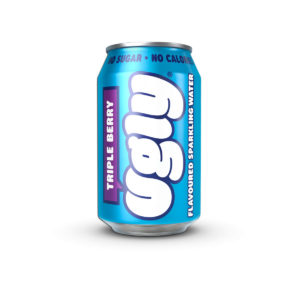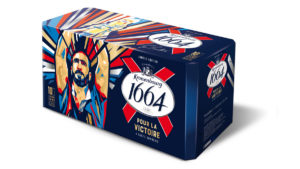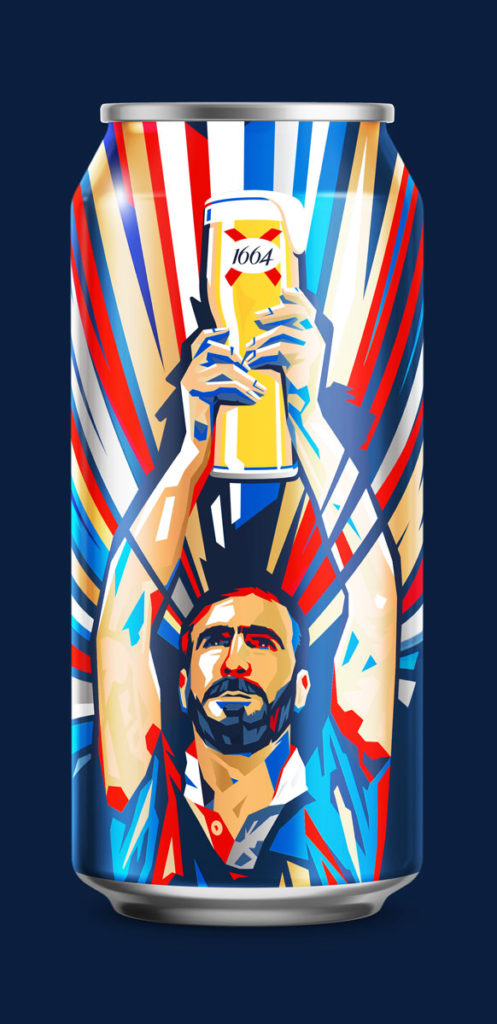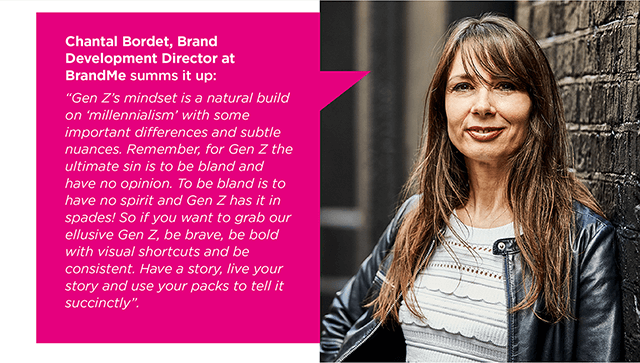 After years of everything ‘Millennial’ taking centre stage, the focus is shifting to a new Generation – ‘Z’; Those born between 1996 and 2010 will make up 33% of the world population by 2020. Much has been said about the millennial spirit but ‘millennialism’ isn’t just about millennials. It is a mind set that drives the expectations of Baby Boomers, Gen X and Millennials alike and even stretches to Gen Z.
After years of everything ‘Millennial’ taking centre stage, the focus is shifting to a new Generation – ‘Z’; Those born between 1996 and 2010 will make up 33% of the world population by 2020. Much has been said about the millennial spirit but ‘millennialism’ isn’t just about millennials. It is a mind set that drives the expectations of Baby Boomers, Gen X and Millennials alike and even stretches to Gen Z.
So age isn’t so relevant. Indeed we see enduring trends such as exploration and rediscovery, digital empowerment, convenience, mindfulness and the desire to live well, fuelling consumption of brands that appeal across a broad age spectrum. The question is what sets Gen Z apart?
BrandMe uncovers strategies to successfully engage this younger audience and define what attitudes and expectations differentiates Gen Z and what premium means to them in our post recession, post political correctness era.
Braver more real brands for a more engaged and critical generation

Whilst millennials were born at a time when political correctness and ‘helicopter parenting’ were very much de rigueur, by the time Gen Z hit the playground, a tougher, less cocooned and secure post recession reality had emerged. More pushed by anxious parents, Gen Z are more resilient and self-reliant. With technology at their finger tips they don’t expect to be fed solutions, instead they expect to find them. Consequently they are a lot more entrepreneurial and when it comes to brands, they are much tougher critics.
For them realness and imperfection are the new premium as curated authenticity has become synonymous with airbrushed fakery. Instead, turn your attention to the new kids on the block, those brands that have emerged in the past 18 months in fast growing segments such as the flexitarian category.
They have mostly been designed to appeal to the Gen Z spirit and all have one thing in common; they cut through the fakery and blandness with their fiercely differentiated brand designs, often humourous tones of voice and ‘out there’ identities and campaigns. They stand for strongly differentiated values, they take a stance. Gen Z’s technological fluency and independence makes them both fearless and mindful, they believe in taking a stance and expect brands to do the same.
Brands as a means of self expression when “now” is the ultimate currency

Gen Z love an ethical cause and whilst they expect a form of CSR from every brand, they are aslo the first generation to truly embrace racial and gender diversity. Their ethical stand is a form of self-expression and brands that facilitate self-expression will grab their attention and commend a premium.
They are experimental and creative and the ultimate curators. They enjoy co-creation and this is why they love a ‘mash-up’, the clash and collision of cultures, tastes and experiences which brings a bit of magic to the ordinary. Many premium and luxury fashion brands are teaming up with rap and street artists to produce the ultimate premium, the ‘oh-so-anticipated’ product drop/limited editions that Gen Z will have to earn the right to purchase. The goods succeed on many levels because they appear to be like nothing else before and they are only available to a limited audience for a limited time.

One of the latest London-based fashion collaborations sees Adidas and Transport for London celebrating 15 years of the Oyster Club, by releasing 500 of four new Limited Edition trainers inspired Addidas Original, and causing long snaking queues in the streets surrounding the Addidas Original stores in freezing temperatures. The collaboration is inspired by the past, present and future, creating four stories curated and told by ‘The Original’.
To emulate the success of the exclusive club, mainstream brand will need to ensure that their Limited Editions truly build on brand values and are ‘campaign-able’ as illustrated by the success of BrandMe’s Kronenbourg 1664 Cantona Ltd Edition campaigns, now in their 4th Edition.
For Gen Z, showing or sharing their ‘moment’ can be more gratifying than the experience itself and as over 70 million pictures get uploaded daily on Instagram, the question for any brand owner is: how ‘instagramable’ is your brand? Being bombarded by new news 24/7 Gen Z have not only become desensitised to the bland mainstream, they have learned to communicate and decode the world in visuals, with very few words. They have learned to use visual short-cuts, simplify and edit. So it takes a different kind of strategy to cut through the cacophony of their on and offline experiences.
Packaging is the new billboard: have a story, tell it visually and succinctly!
Gen Z have a very short attention span but they are resourceful and inquisitive. Although their time is precious, they prefer to unearth the brand stories and converse with their brands which they view as friends and allies. They are more knowledgeable about brands and generally do not take advertising as gospel and have a tendency to block it.

Central to the brand stories they feed off and much more constant in their lives is the brand’s packaging which offers a more permanent billboard and visual shortcuts to the brand stories. Rude Health is such a brand: take a look a those luscious lips and iconic graphics and you are instantly transported to the heart of the brand. Remove the name, you still know the brand.
Each and every on-pack visual provides a short cut that can live in isolation and be brought to life independently on or offline. The point is, these shortcuts are instantly recognisable without the need to even read the brand name. Oatly and Ugly function similarly. They cut through the noise ; their story begins on-pack and lives on through all comms, offering consistency without being dull, repetitive or homogenous.

Article by Chantal Bordet, Brand Development Director at BrandMe.
Source: BrandMe

Pingback: Turning on Gen Z in an Era of Attention Deficit and Post Political Correctness – FAB News – NewBusinessInsights